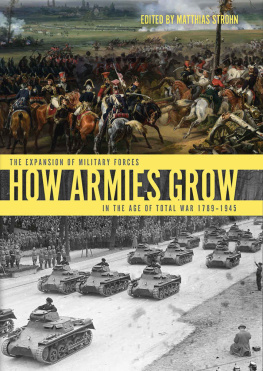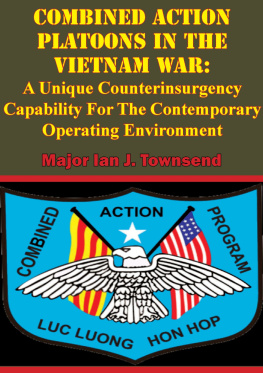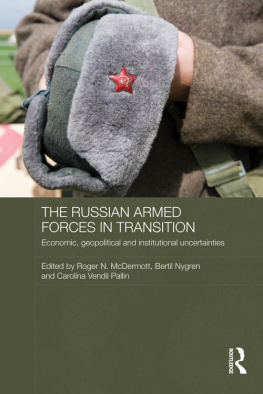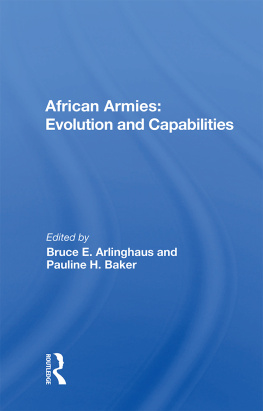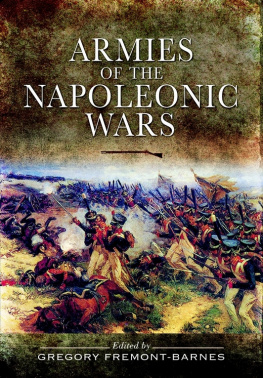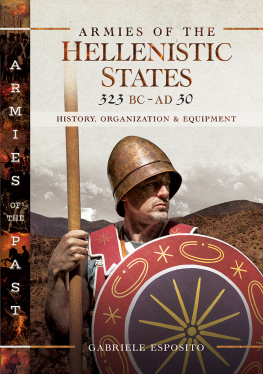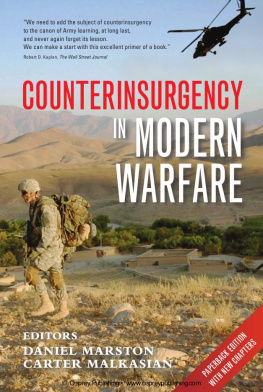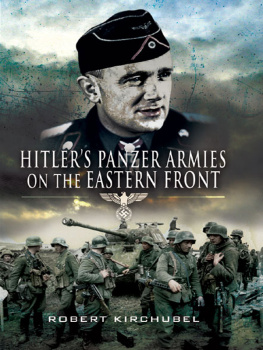HOW ARMIES GROW
HOW ARMIES GROW
The Expansion of Military Forces in the Age of Total War 17891945
Editor
Matthias Strohn
Published in Great Britain and the United States of America in 2019 by
CASEMATE PUBLISHERS
The Old Music Hall, 106108 Cowley Road, Oxford OX4 1JE, UK
and
1950 Lawrence Road, Havertown, PA 19083, US
Copyright 2019 Matthias Strohn and the individual contributors
Hardback Edition: ISBN 978-1-61200-601-7
Digital Edition: ISBN 978-1-61200-602-4
Kindle Edition: ISBN 978-1-61200-602-4
A CIP record for this book is available from the British Library
All rights reserved. No part of this book may be reproduced or transmitted in any form or by any means, electronic or mechanical including photocopying, recording or by any information storage and retrieval system, without permission from the publisher in writing.
For a complete list of Casemate titles, please contact:
CASEMATE PUBLISHERS (UK)
Telephone (01865) 241249
Email:
www.casematepublishers.co.uk
CASEMATE PUBLISHERS (US)
Telephone (610) 853-9131
Fax (610) 853-9146
Email:
www.casematepublishers.com
Front cover image (top) : Detail of a painting of the battle of Hanau (1814) by Horace Vernet
Front cover image (bottom) : Tank units taking part in a parade for Adolf Hitlers 47th birthday in 1936 (Bundesarchiv Bild 102-17612)
Contents
List of Contributors
Alexander A. Falbo-Wild is a historian and professional military educator based in Maryland. He is the Chief Archivist for the Witte Memorial 29th Division Archive and Maryland Museum of Military History. He is also a Historian in Residence at Marine Corps University (MCU) History Division and the Chairman for the Western Front Associations East Coast Branch (USA). From 201417, he was a Teaching Fellow at Case Method Project at MCU where he instructed US Marines in military history and decision making. His most recent monograph, entitled Supporting Allied Offensives , was published by the US Armys Center of Military History.
Dr Tim Gale was awarded his PhD by the Department of War Studies, Kings College London for his work on French tank development and operations in the First World War. He has contributed chapters on the subject to numerous academic books. His book The French Armys Tank Force and the Development of Armoured Warfare in the Great Wari (Ashgate/Routledge) was published in 2013 and was followed by French Tanks in the Great War (Pen & Sword, 2016). He is Assistant Secretary-General of the British Commission for Military History.
Dr Robert Johnson is the Director of the Changing Character of War (CCW) Centre at the University of Oxford and a Senior Research Fellow at Pembroke College. His primary research interests are in the history of strategy and war, and their contemporary applications. He is the author of True to Their Salt: Partnering Indigenous Forces (2017), The Great War and the Middle East (2016) and The Afghan Way of War (2011), as well as several other works on armed conflicts in the Middle East, Asia and Europe. He has worked as an advisor to senior military officers, including the Resolute Support Mission in Afghanistan, where he assisted in the development of the Afghan national army. Rob Johnson is a Fellow of the Royal Historical Society. Under his leadership, CCW has become well known for its track record in outstanding research and the utility of blending ideas, theory, and practice in current strategic and security policy.
Dr Alexander Jones is a Senior Lecturer in the Department of War Studies, Royal Military Academy Sandhurst. He was awarded his DPhil from the University of Oxford in 2016 for his research on the role and organisation of the Territorial Army between the world wars. An active infantry reservist for many years, Dr Jones has previously served operationally with the British Army in Afghanistan.
Dr Paul Latawski is a Senior Lecturer in the Department of War Studies, Royal Military Academy Sandhurst. Before coming to RMAS he lectured at the School of Slavonic and East European Studies (SSEES), University of London where he was also an Honorary Visiting Fellow. He was also an Associate Fellow at the Royal United Services Institute for Defence Studies (RUSI), London. In 2012 he was made a Senior Research Fellow in Modern War Studies with the Humanities Research Institute, University of Buckingham. He completed his Ph.D. at Indiana University USA specialising in Central and Eastern Europe with particular emphasis on modern Poland. His official research work includes: post 1945 British contingency operations, the changing character of armed conflict and the historical evolution of British Army doctrine. His area studies specialist research includes the operational history of the Polish Armed Forces in the West and Polish resistance to occupation 193945.
Major General Dr Andrew Sharpe has commanded on operations in all ranks from second lieutenant to brigadier during 34 years of military service and nine operational tours. He was the Deputy Commandant of the UK Joint Services Command and Staff College and the Director of the UK Higher Command and Staff Course. He left the British Army as a Major General, completing his military career as the Director of the UK MoDs independent think tank the DCDC. For three years, he ran the UK Chief of Defence Staffs Strategic Advisory Panel. Dr Sharpe is the Director of the British Armys Centre for Historical Analysis and Conflict Research and a Senior Mentor on the British Armys generalship programme. In addition, as an independent consultant, he has partnered with governments, international organisations and businesses to provide strategic, operational and leadership advice, support and mentoring. He holds various fellowships at Kings College London, the University of Exeter and in Cambridge; and he lectures and advises widely and internationally on strategy, leadership, risk and operational art. He is the Chairman of The Poppy Factory. He has an MA in International Studies from Kings College London, and a PhD in Politics and International Studies from Trinity College Cambridge.
Dr Matthias Strohn , M.St., FRHistS is the Head of Historical Research at the British Armys Think Tank, the Centre for Historical Analysis and Conflict Research. In addition, he is a Reader in Modern War Studies at the Humanities Research Institute at the University of Buckingham. Previously, he worked in the Department of War Studies at the Royal Military Academy Sandhurst. He holds a commission in the German Army and is a member of the military attach reserve, having served in London, Paris and Madrid. He has published widely on 20th-century German and European military history.
Dr Claus Telp was awarded his PhD by the Department of War Studies, Kings College London for his work on Frederician and Napoleonic warfare. His book The Evolution of Operational Art from Frederick the Great to Napoleon: 17401813 (Frank Cass) was published in 2005. He is currently Senior Lecturer in the Department of War Studies, Royal Military Academy Sandhurst.
Colonel Martin Todd is a serving General Staff officer. He commanded The Queens Royal Lancers and was later Assistant Director of the Armys Centre for Historical Analysis and Conflict Research 201618. Currently he is studying for a PhD in Politics and International Studies at Cambridge.
Next page
